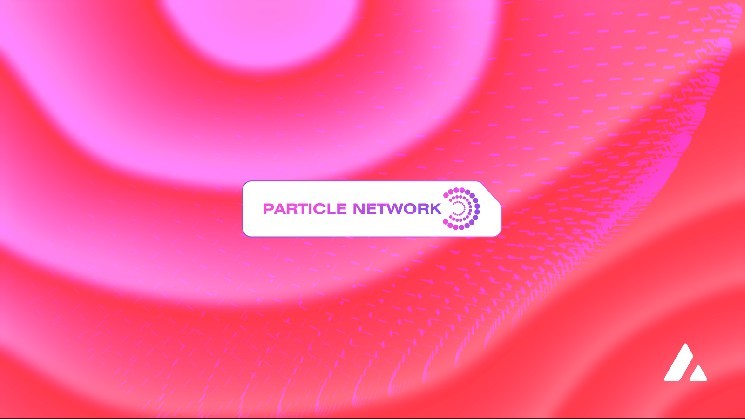The next era of Web3 will be defined by simplicity. Users will stop thinking about chains, bridges, and gas tokens. They just use the application that works. Particle Network is realizing its vision of providing users with one account and balance across any chain with the launch of Particle Chain on Avalanche.
Particle Chain is not a general-purpose smart contract platform. It is a high-performance reconciliation and settlement layer that enables a universal account chain-agnostic user experience, requiring low latency, instant finality, built-in interoperability, and proven reliability in high-value environments. Particle Chain Layer 1 (L1) is scheduled to go live in Q4 and will enable open access to run nodes on the network with the participation of permissionless validators. The first cohort has over 15 validators confirmed, highlighting that the network is ready to operate at scale from day one.
Particle Network has long focused on making blockchain invisible to end users, from social onboarding and in-app wallets to account abstraction and off-chain transactions. Particle Chain is the result, unifying users, liquidity, and transactions across Web3 and enabling universal accounts.
By integrating a universal account solution within a dApp, developers can enable users to deposit assets from any chain, pay gas with any token, and interact seamlessly between chains, regardless of which chain the dApp is on.
Particle Chain: Powering the Universal Transaction Layer
At the core of Particle Chain is a universal transaction layer. This is the infrastructure that makes all chains, assets, and applications appear as if they are part of the same network. This means:
universal liquidity Automatically aggregate user balances across supported chains to source and route funds in real-time.
universal gas Users can pay fees with any token, even across chains.
chain abstraction This allows users to interact with applications across Web3 as if they were a single ecosystem.
Builders in the Avalanche ecosystem can now take advantage of this chain-abstracted experience by integrating the Universal Account SDK. Users can connect to any EVM wallet or social login and interact using assets from any chain without worrying about bridges or gas tokens.
By bringing this to Avalanche, Particle is creating the connective tissue that allows the ecosystem to leverage users and liquidity across Web3. This means that within the Avalanche ecosystem, universal accounts enable the ultimate goal of making the entire Avalanche L1 environment feel like one connected system. In effect, users experience “many chains that feel like one,” with assets, liquidity, and applications integrated through particle chains.
What Avalanche offers
Avalanche combines sub-second finality with a proven track record of powering both open DeFi ecosystems and institutional-level tokenization. This foundation ensures you can meet the scale and compliance needs of next-generation applications.
By building on Avalanche, Particle Chain gains the performance and interoperability it needs to serve as a universal user layer, while connecting directly to a thriving ecosystem that is already issuing and settling high-value assets on-chain.
A world ready for digital assets
While Particle solves a usability gap, the market opportunity for Avalanche and Particle is expanding rapidly. Regulation is paving the way for digital assets, stablecoins are being incorporated into mainstream payment rails, and RWA is moving on-chain at record scale. Avalanche is already a hub for tokenization, powering pilots and live products across stocks, funds, credit markets, and more.
Avalanche’s high-performance RWA-enabled infrastructure combined with Particle’s universal transaction layer makes assets issued on any chain instantly accessible across Web3, enabling frictionless payments and interactions for users and builders alike.
Starting a particle chain with Avalanche is more than just a technical integration. It is a step towards an integrated on-chain economy. One where builders have access to all users, users have access to all assets, and the complexity of blockchain fades into the background.
Developers interested in Universal Accounts integration can explore the SDK and documentation here.


